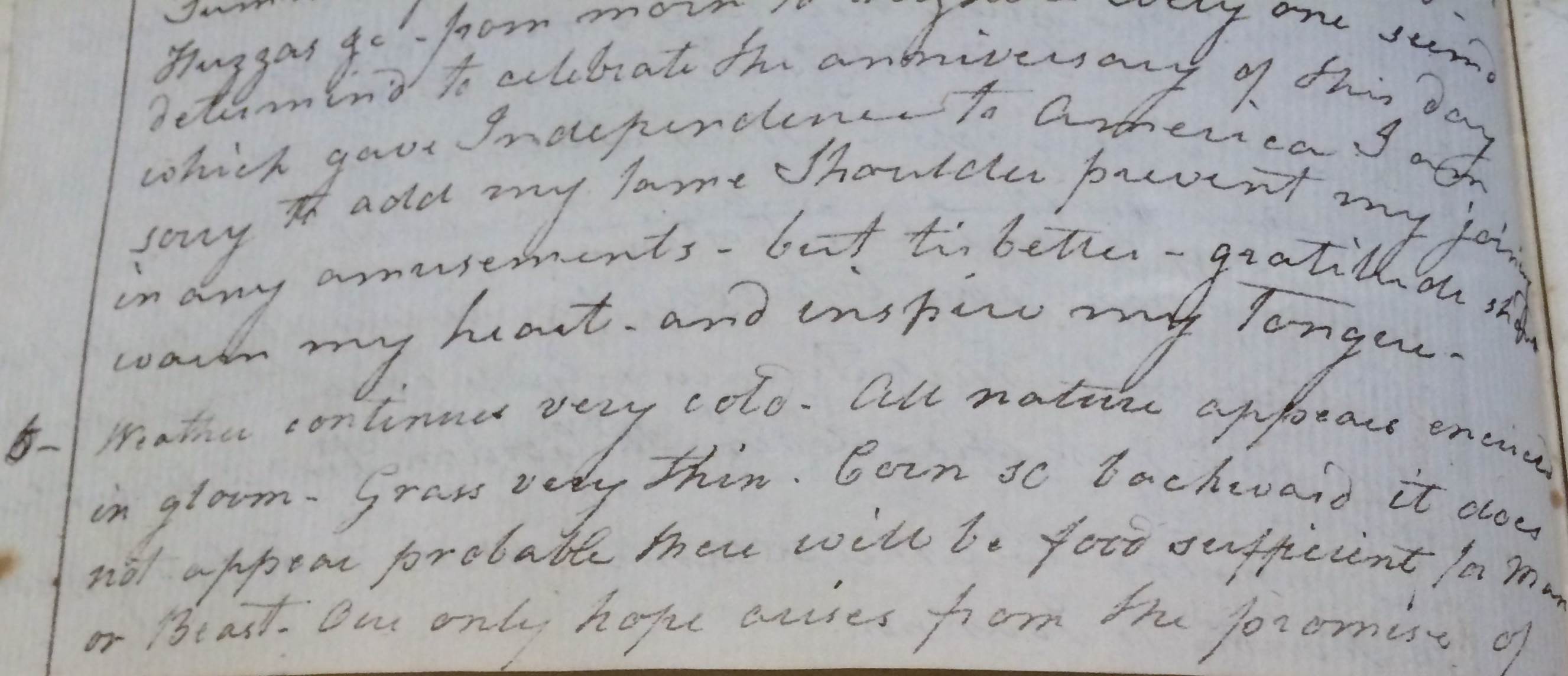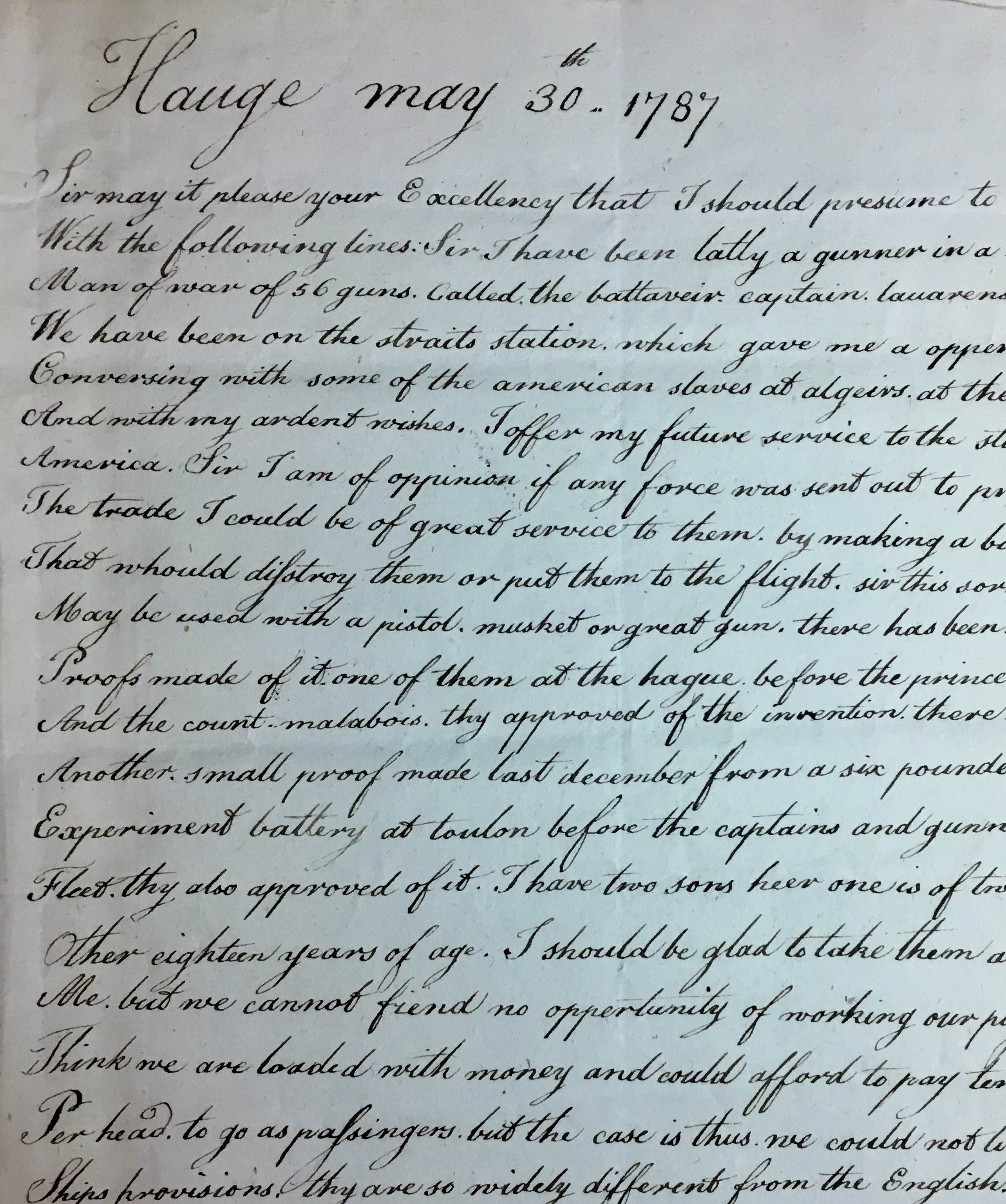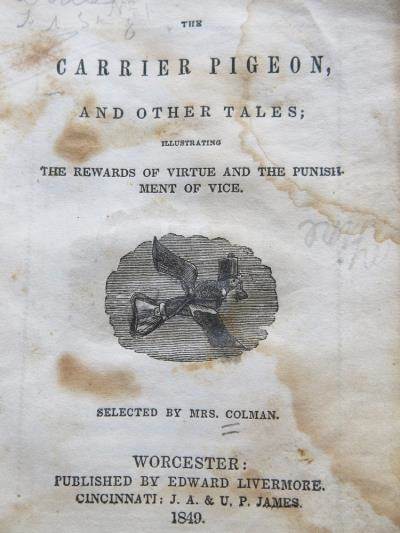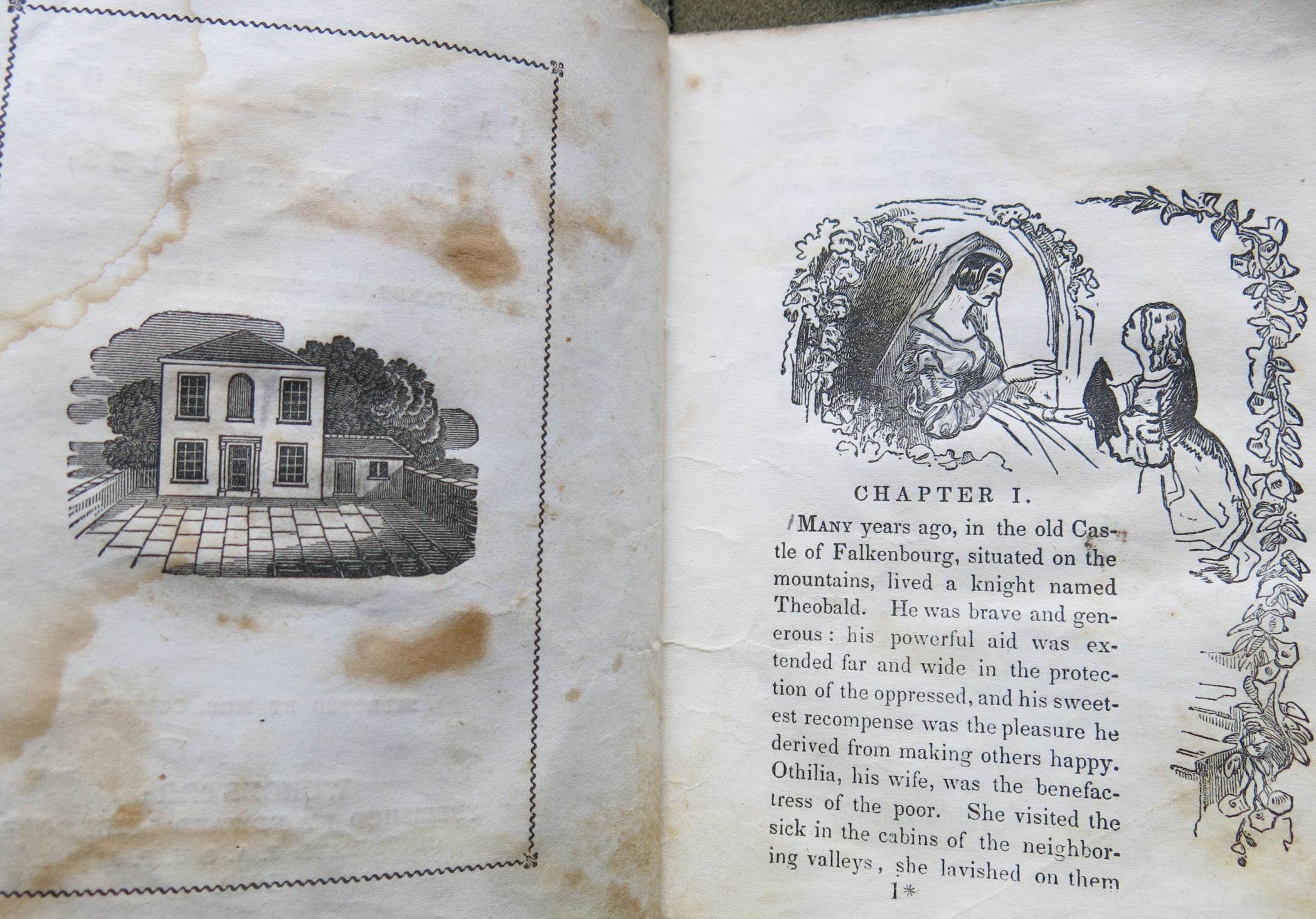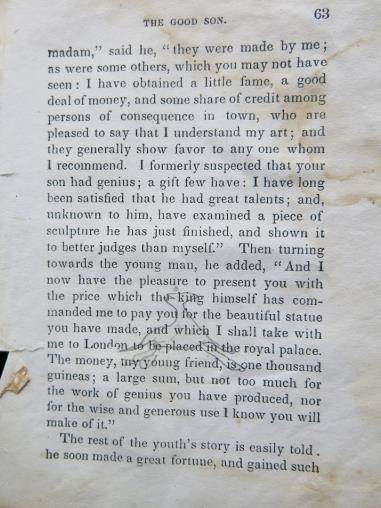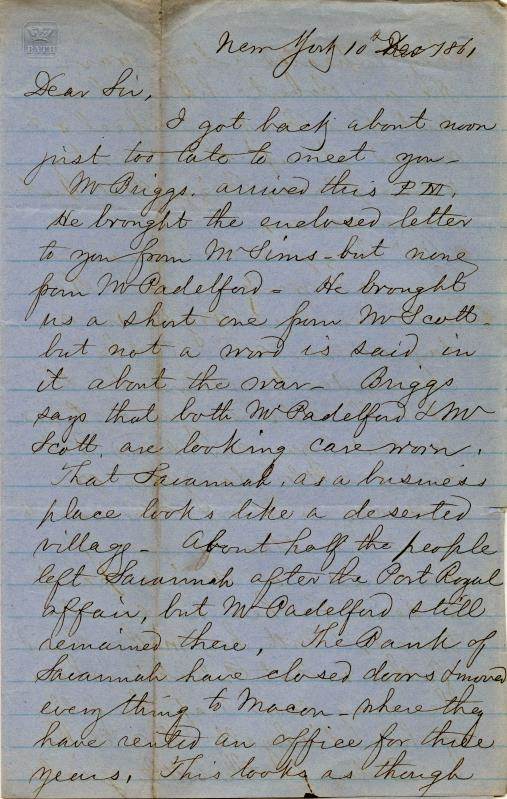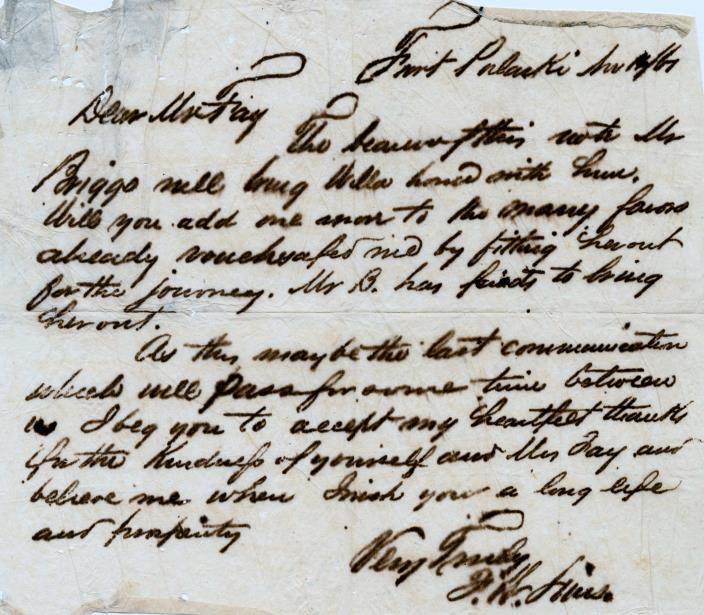By Dan Hinchen
Thanksgiving is in the rearview mirror and the new year looms on the horizon. But if we focus on the present, we can learn a lot about the past. Here are the public programs on offer in the week to come:
– Tuesday, 29 November, 5:15PM : Join Patrick Lacroix of the University of New Hampshire, with commentor Edward O’Donnell of the College of the Holy Cross, as they discuss “French Canadians and the Transnational Church: The Landscape of North American Catholicism, 1837-1901.” This Modern American Society and Culture seminar explores the influence of immigration on larger demates over North American Catholicism and examines the response of the New England episcopacy, whose Americanism helped to preserve the structure and ideas of the Irish-American religious establishment. Seminars are free and open to the public; RSVP required. Subscribe to receive advance copies of the seminar papers.
– Wednesday, 30 November, 12:00PM : Stop by at noon for a Brown Bag talk with Louis Gerdelan of Harvard University as he presents “Calamities and the Conscience: Religion, Suffering, and Intellectual Change in the Face of Disasters in the Late Seventeenth and Early Eighteenth Centuries.” This talk is free and open to the public. [N.B.: The date of this event has changed from December 14.]
– Thursday, 1 December, 6:00PM : In a public author talk, John Kaag of the UMass-Lowell discusses his recent book American Philosophy: A Love Story. After stumbling upon the personal library of past Harvard philosopher William Ernest Hocking, Kaag undertakes the cataloging of the collection, which includes notes from Whitman, inscriptions from Frost, and first editions of Hobbes, Descartes, and Kant. In so doing, Kaag rediscovers the very tenets of American philosophy – self-reliance, pragmatism, the transcendent – and sees them in a twenty-first century context. This talk is open to the public for a fee of $10 (no charge for MHS Fellows or Members) and registration is required. A reception precedes the talk at 5:30PM and the program begins at 6:00PM.
– Saturday, 3 December, 10:00AM : The History and Collections of the MHS is a 90-minute docent-led walk through our public rooms. The tour is free, open to the public, with no need for reservations. If you would like to bring a larger party (8 or more), please contact Curator of Art Anne Bentley at 617-646-0508 or abentley@masshist.org.
While you’re here you will also have the opportunity to view our current exhibition: Turning Points in American History.
– Saturday, 3 December, 1:00PM : “A Plentiful Country – Letters from Maine’s Thomas Gorges” is the next installment of the Begin at the Beginning series of public conversations. Join Abby Chandler in exploring rare first-hand accounts contained in Gorges’ forthright, vivid, and dynamic letters that provide a unique window onto colonial New England at a time when England was moving toward civil war. This talk is open to the public, registration is required at no cost.




